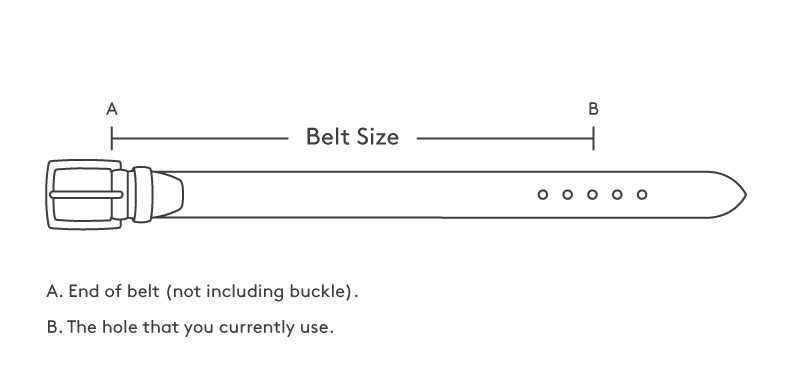How to Recognize Real Leather: A Comprehensive Guide
How to Recognize Real Leather: A Comprehensive Guide
Real leather is a premium material valued for its durability, unique texture, and timeless appeal. However, distinguishing genuine leather from synthetic alternatives can be challenging, especially with modern manufacturing techniques. This guide will help you identify real leather using key characteristics and tests.
1. Check the Label and Price
Many genuine leather products come with labels indicating their authenticity. Terms like “genuine leather,” “top-grain leather,” or “full-grain leather” suggest real leather, while labels stating “PU leather” or “synthetic leather” indicate an artificial alternative. Additionally, real leather is generally more expensive due to its quality and longevity.
2. Examine the Texture and Surface
Real leather has a natural, uneven grain pattern with imperfections, as it is derived from animal hide. Synthetic leather often has a uniform, machine-made texture that appears too perfect. Running your fingers over the surface should reveal variations in grain and a slightly rough or supple feel.
3. Smell the Material
Genuine leather has a distinct, rich, and earthy smell that is difficult to replicate. Fake leather, especially those made from polyurethane (PU), tends to have a chemical or plastic-like odor.
4. Perform the Water Absorption Test
A small drop of water on real leather should be absorbed slowly, as leather is porous. In contrast, synthetic leather will cause the water to bead up and remain on the surface without absorption.
5. Check the Edges
The edges of real leather items tend to be rough, fibrous, and uneven, while synthetic leather usually has smooth, uniform edges due to machine-cutting processes.
6. Conduct the Bending and Wrinkle Test
When bent, real leather will show natural creases and wrinkles, similar to human skin. Faux leather, on the other hand, will bend but maintain a more rigid, plastic-like feel without developing creases.
7. Feel the Weight
Real leather is generally heavier than synthetic alternatives due to its dense composition. If the item feels unusually light, it may be fake leather.
8. Scratch Test
Genuine leather is slightly resistant to scratches but will develop subtle marks when scratched with a fingernail, which can usually be rubbed out. Synthetic leather remains unaffected or may show a superficial mark that doesn’t blend into the surface.
9. Check for Pores
Leather has natural pores that vary in size and placement, whereas synthetic leather often has a consistent, patterned pore design made to mimic real leather.
10. Burn Test (Use with Caution)
If safe to do so, burning a small corner of the material can provide a strong indication. Real leather emits a distinctive burnt hair smell and does not easily catch fire, while synthetic leather melts and produces a plastic-like odor.
Conclusion
Recognizing real leather involves examining its texture, smell, weight, and response to natural elements. By applying these simple tests, you can confidently differentiate genuine leather from synthetic alternatives and make informed purchasing decisions. Whether shopping for furniture, accessories, or clothing, knowing how to identify real leather ensures you invest in a high-quality, durable product.

